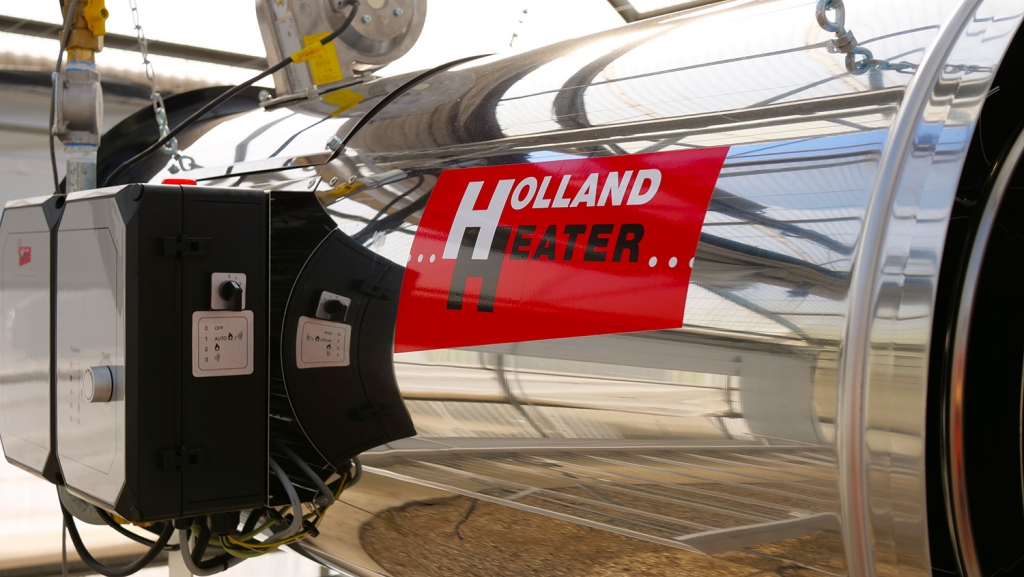4 Tips for Dealing with Greenhouse Heating Issues
Year-round commercial greenhouse operations require reliable structures and heating systems that will ensure optimal growing conditions through the winter season. To accommodate the amount of energy that’s required to operate a greenhouse in the cold season, it’s important that your heating system is running as efficiently as possible. If you don’t, an inefficient heating system in your greenhouse will result in wasted energy that will negatively impact your bottom line. You can maintain and increase efficiency in your greenhouse by following the recommendations below:
Avoid heat loss in your greenhouse
Maintaining an ideal temperature in your commercial greenhouse through the winter is expensive enough without worrying about heat leaking out of the building where it is not serving your crops. The following are a few simple tips to avoid losing heat out of your greenhouse:
- Inspect your greenhouse for any holes through where you may be losing heat and patch them. A greenhouse repair kit should be stocked with most of the material you would use.
- If you have a glass greenhouse, replace any cracked, broken or missing panes.
- Inspect or add weather stripping to doors, vents and fan openings and make sure all are able to close completely.
- Add insulation to walls wherever you can if the sunlight during the day isn’t significantly important for that part of the greenhouse.
- Avoid using single poly glazing if possible. If you have a double poly greenhouse, make sure that the space in between each layer is properly inflated.
- Consider installing energy curtains which will help keep the heat lower in the greenhouse where it will benefits your plants.
Perform regular maintenance
One of the simplest ways to maintain efficiency in your greenhouse is to get ahead of any issues that occur in greenhouse heating systems. Heating systems become less efficient over time if the unit is not properly maintained, the heat exchanger becomes dirty, as well as several other issues that can be avoided through simple maintenance. Ways to avoid many of these issues are to:
- Check your boilers and burners for their combustion efficiency. If large amounts of soot are present, it’s an indication that your boilers or burners are not running as efficiently as they could. This may be caused by a clogged or malfunctioning burner, or a low air-to-fuel ratio. Using low-grade fuel in boilers can also produce more soot.
Check boiler scaling. Boiler scale is caused by impurities in the water which can form boiler deposits. It’s important to get ahead of the issue as deposits can cause damage to the system and significantly decrease your system’s efficiency. - Regularly check and purge the air inside the system and check the water pressure level.
- Repair any water leaks in your heating system and avoid adding new water unless it’s absolutely necessary. New water means new oxygen in the pipes which causes rusting therefore lowering the efficiency and life of the system.
- Replace or repair any malfunctioning steam traps, check the insulation on the outside of your pipes and regularly clean your fan blades.
Find the ideal temperature
When the temperature in your greenhouse is too cold, your plants will stop developing and overheating will result in a lot of wasted energy that isn’t benefitting your crops. Follow these recommendations for finding your greenhouse’s ideal temperature
- Manage your greenhouse temperature based on specific crops and their finish dates.
- Pay close attention to the weather and how it affects certain areas of your greenhouse. Pay specific attention to the sun during the winter. Instead of warming up the zones quickly and dumping the excess heat after the sunlight fades, use a transitional heating method that combines the sun as a part of your heating system
Upgrade your heating system
Older systems are much less efficient than many of the new heating systems that are available. The following are a few upgrades that can be made to improve heating efficiency in your commercial greenhouse:
- Paint all of your exposed pipes, this will help to avoid rusting, keeping your pipes in quality condition longer. Rusty pipes radiate up to 10% less heat than a freshly painted pipe.
- Purchase new condensing boilers which are far more efficient than older systems.If a new, high efficiency system is not in your budget, consider adding condensers/economizers to your boilers which will increase efficiency without adding any operational cost.
- Consider installing radiant bench heating and crop heating. These options provide heat right at the soil level which can speed up the germination process with less heat being lost in the air.
- Consider switching to a closed expansion system rather than having open expansion tanks.
- Insulate all of your transfer pipes (pipes transferring heat from the boiler room to the growing zone) as well as every valve, pump and pipe in the boiler room. Insulating even one valve will save you more heat loss than 30 feet of straight insulated pipes.

